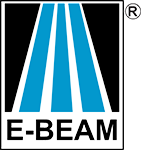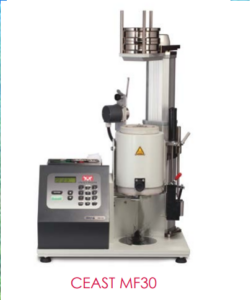[embedyt] https://www.youtube.com/watch?v=DZsoTAlwLF8[/embedyt]
Whether you need terminal sterilization or crosslinking, your product either consists of or is packaged in at least one polymer. How those polymers react to e-beam is extremely important. In the E-BEAM Crash Course: The Polymer Dating Game, we take a look at three common polymers, and how they react to e-beam.
Polyethylene (PE)
The polyethylene molecule consists of a carbon backbone with two hydrogen atoms attached to each carbon. The electrons will break the C-H bonds, allowing the carbon backbone of one molecule to bond with the carbon backbone of an adjacent molecule. The final result is an increase in the molecular weight of the polymer, imparting beneficial properties like better abrasion resistance, less permeability, increased tensile strength, and higher operating temperatures. For more information, check out this Crash Course.
Summary: ✔️ Polyethylene (PE) is a great fit for e-beam processing, and will crosslink readily.
Polystyrene (PS)
Polystyrene is a long chain hydrocarbon in which alternating carbon centers are attached to phenyl groups. Due to the high aromatic content of the molecule, polystyrene is relatively radiation resistant. There is no significant change or shift in color.
Summary: ✔️ Polystyrene (PS) is a great fit for e-beam sterilization, but not a good fit for crosslinking or chain scissioning applications.
Polytetrafluoroethylene (PTFE)
The PTFE molecule consists of a carbon backbone (like PE), but instead of hydrogen atoms, it contains fluorine atoms. These C-F bonds are incredibly strong; when exposed to electrons, the electrons end up breaking the C-C bonds instead, resulting in chain scissioning and a decrease in molecular weight. PTFE can then be ground into a fine powder for use in applications such as coatings in the automotive industry and inks.
Summary: ✔️ Polytetrafluoroethylene (PTFE) is a great fit for e-beam chain scissioning, but would not be a good fit for sterilization or crosslinking applications.



